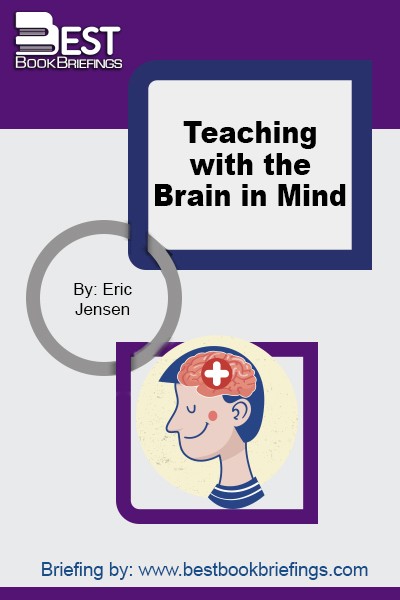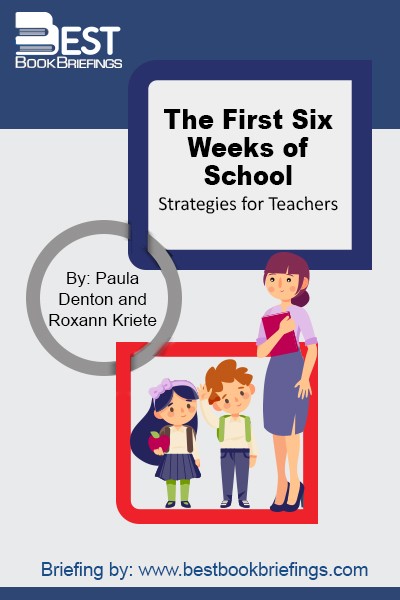The First Six Weeks of School
Strategies for Teachers
Number of pages: 232
Publisher: Center for Responsive Schools, Inc.
BBB Library: Education
ISBN: 9781892989048
Editorial Review
Learn how to structure the first six weeks of school to lay the groundwork for a productive year of learning. Discover how taking the time to build a solid foundation in the early weeks of school can pay off all year long in increased student motivation, cooperation, responsibility, and self-control.
Book Reviews
Books on Related Topics

Let’s acknowledge two fundamental facts. First, students who attend school from kindergarten through secondary school typically spend more than 13,000 hours of their developing brain’s time in the presence of teachers. Second, their brains are highly susceptible to environmental influences—social, physical, cognitive, and emotional. And, more important, their brains will be

What does research tell us about the effects of school leadership on student achievement? What specific leadership practices make a real difference in school effectiveness? How should school leaders use these practices in their day-to-day management of schools and during the stressful times that accompany major change initiatives? Robert J. Marzano,

We increasingly treat education as though its primary goal were to teach students to be economically productive rather than to think critically and become knowledgeable and empathetic citizens. This shortsighted focus on profitable skills has eroded our ability to criticize authority, reduced our sympathy with the marginalized and different, and damaged

After spending most of the day in school, children are typically given additional assignments to be completed at home. This is odd in light of the fact that widespread assumptions about the benefits of homework – higher achievement and the promotion of self-discipline and responsibility-aren’t substantiated by the available evidence. Many



